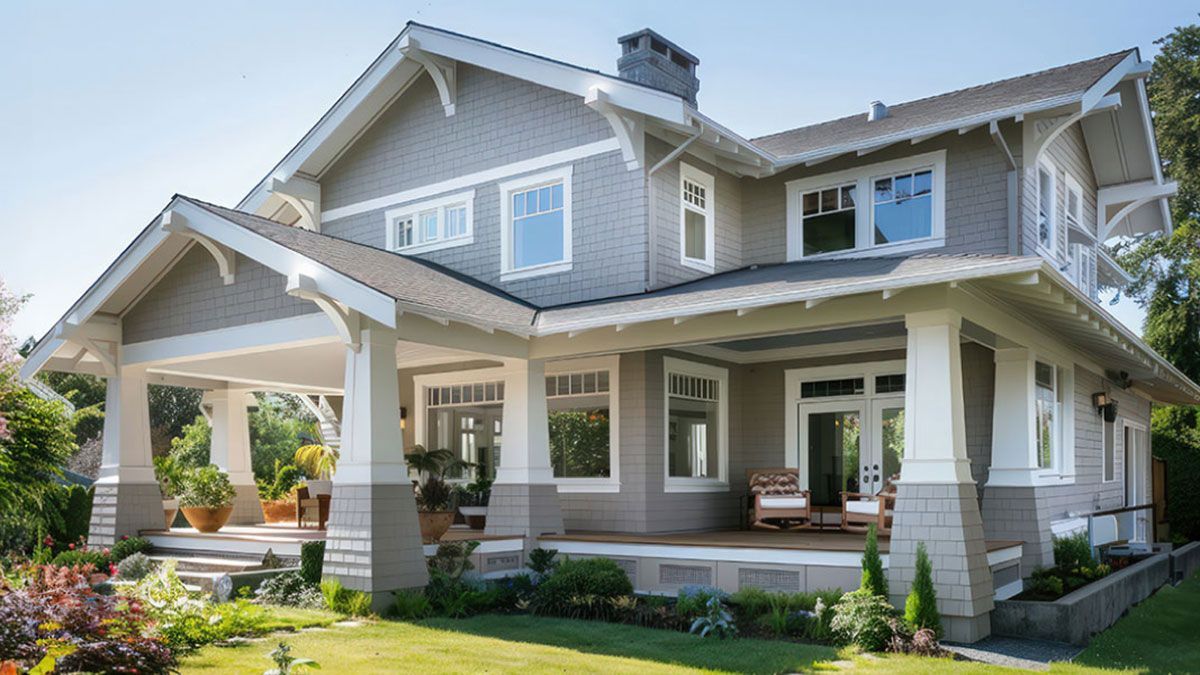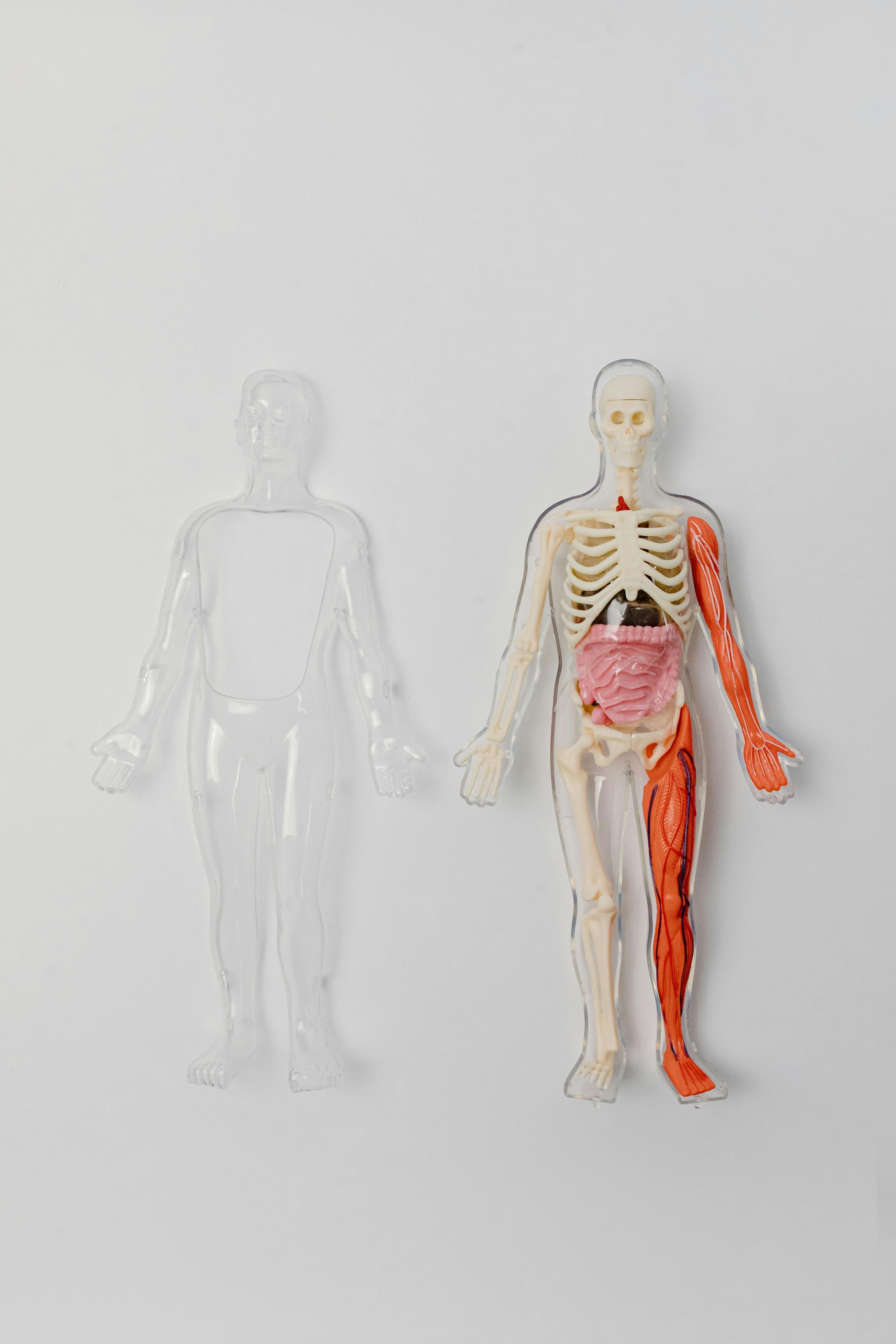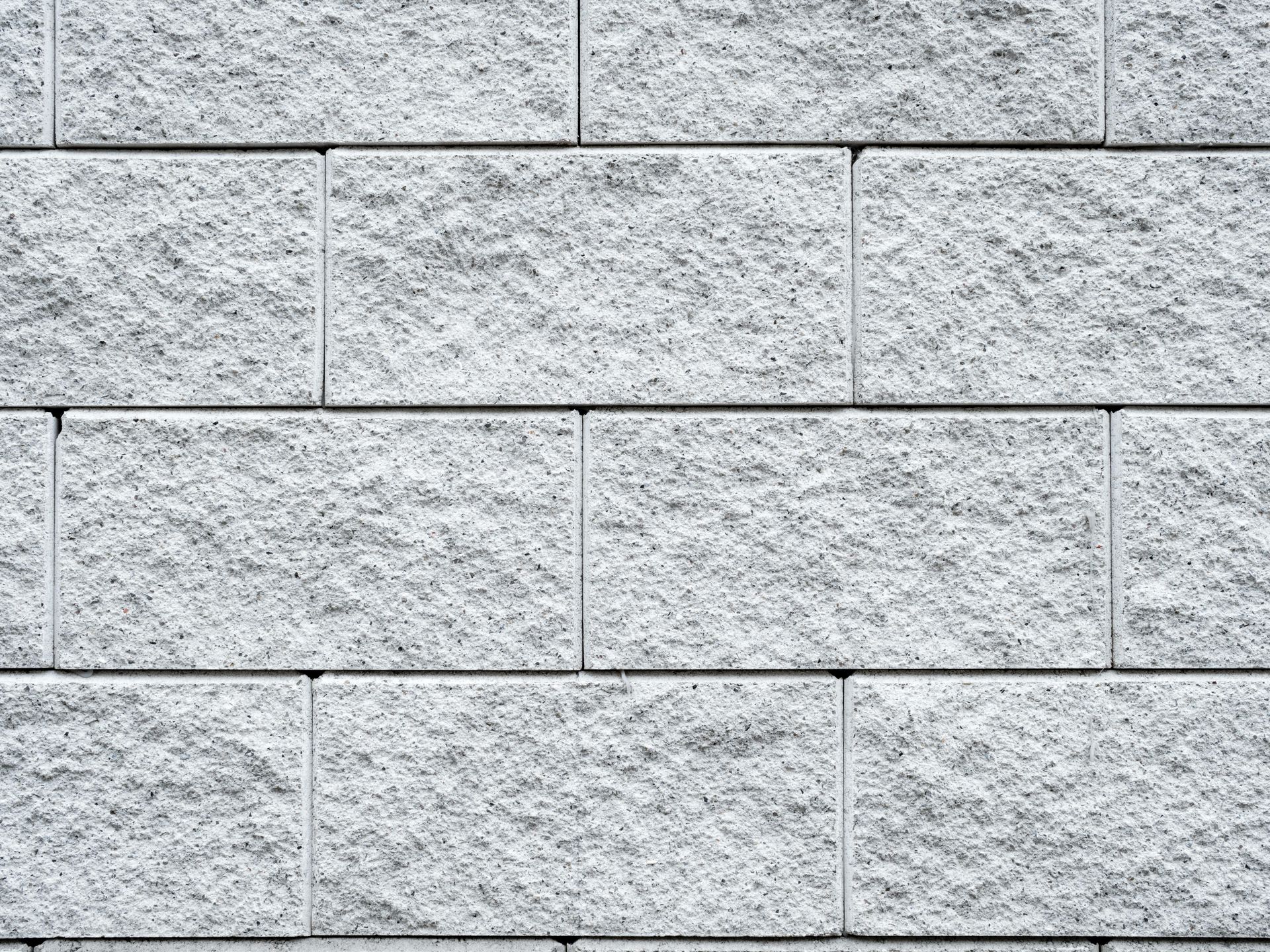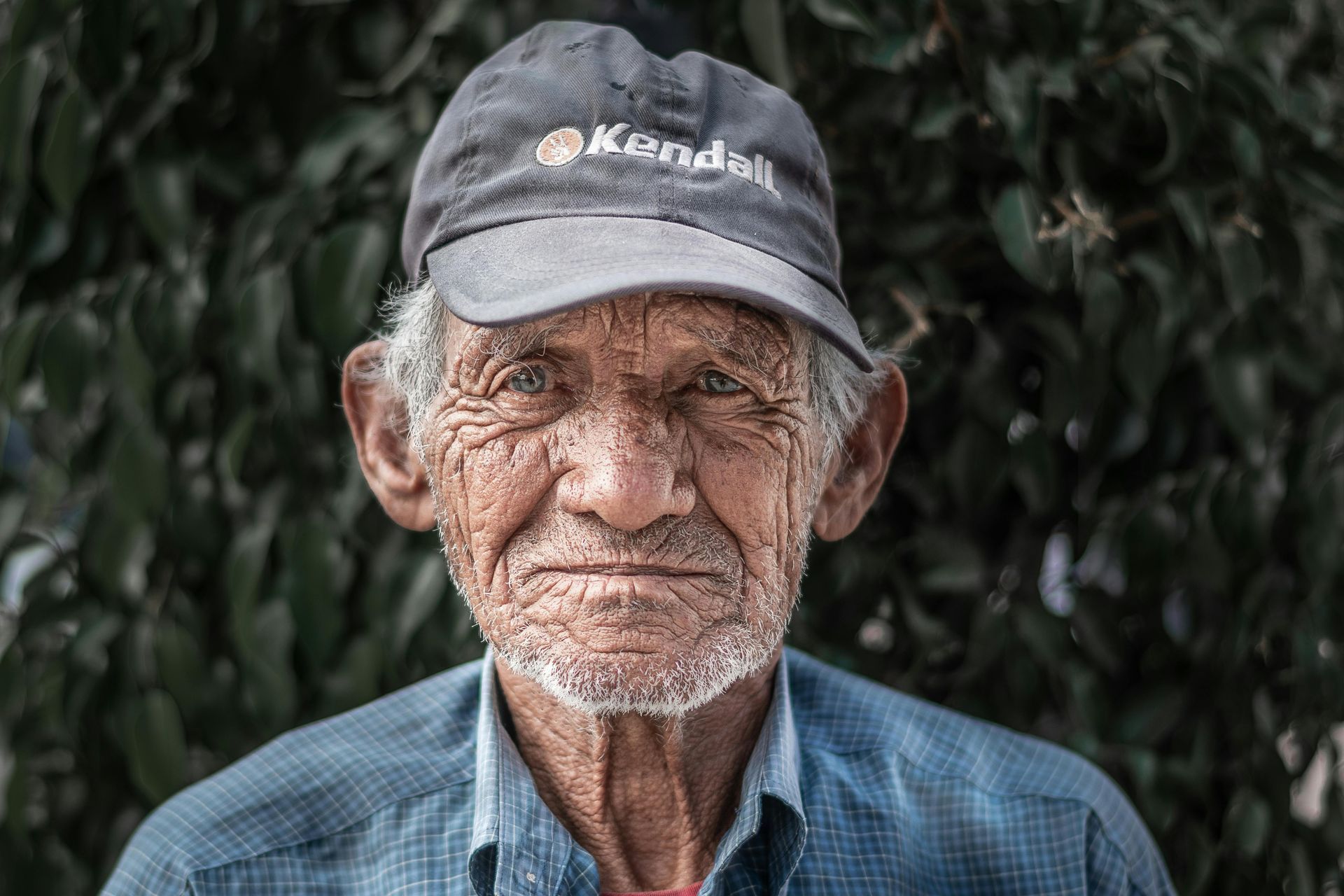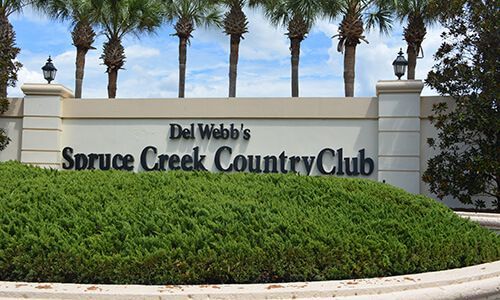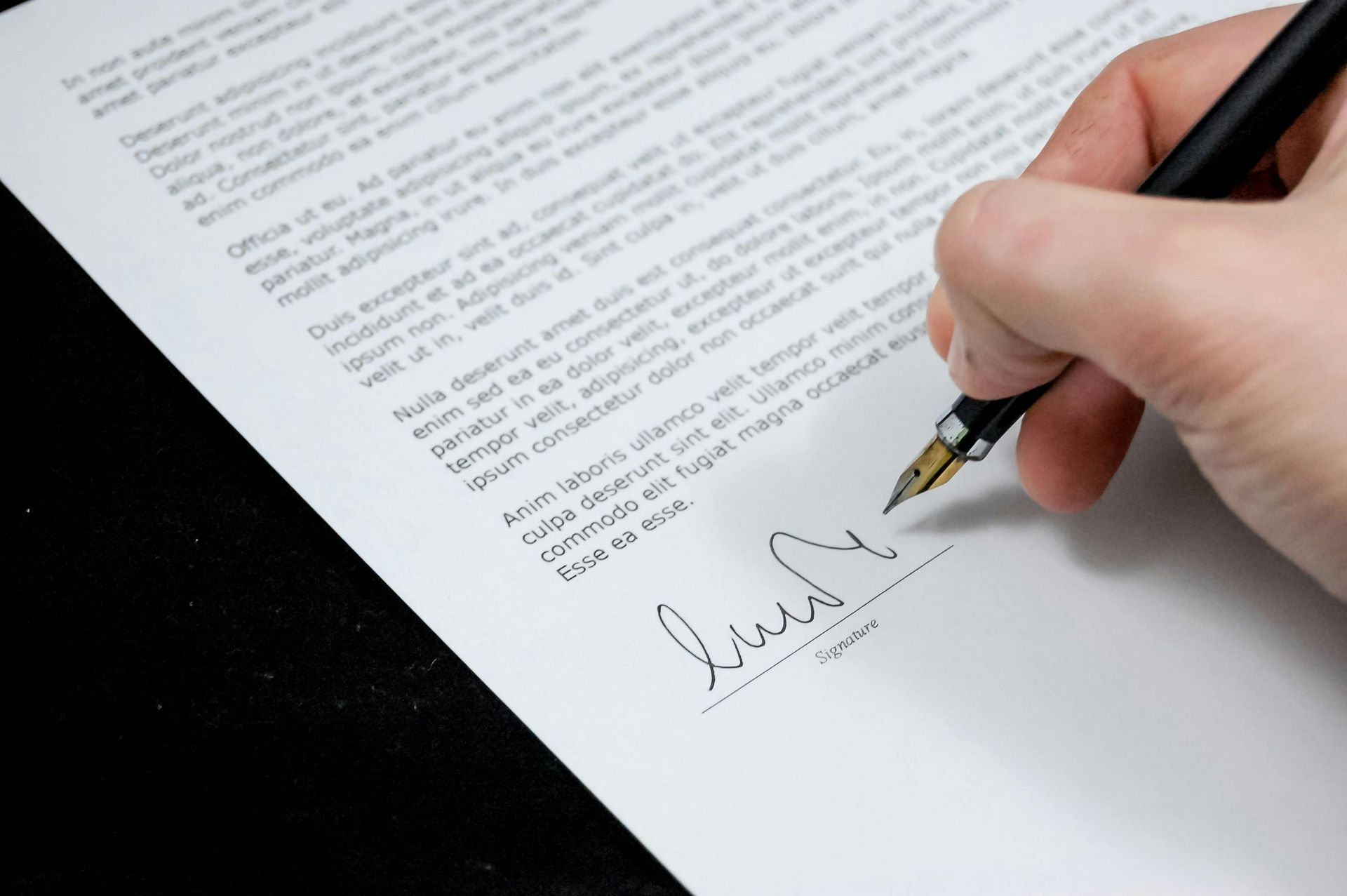Rated for What, Exactly? Understanding Design Pressure in Florida’s Window Market
Don’t Get Blown Away by Marketing—Know What Your Windows Are Actually Rated For
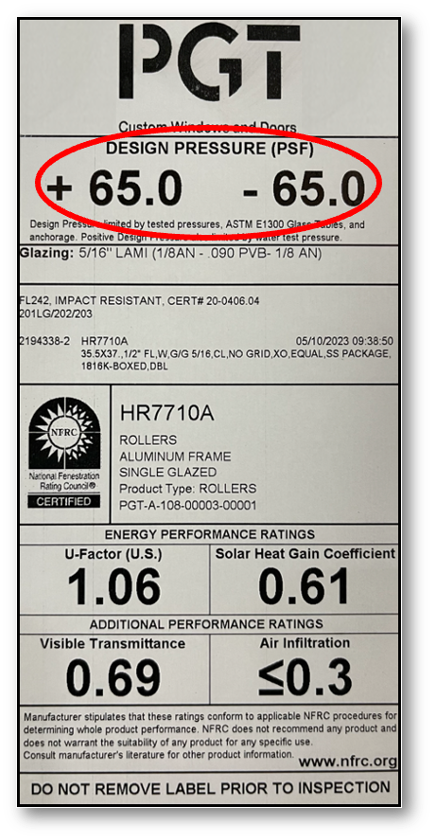
🌪️ DP Ratings: The Most Important Acronym You’ve Never Asked About
In Florida, we don’t install windows just to block out nosy neighbors or let in the afternoon light—we install them to stand up to tropical tantrums and hurricane hissy fits. That’s where Design Pressure, or DP rating, comes into play.
But here’s the catch: most sales reps either don’t know what DP rating means... or they don’t want to explain it to you, because, well, it could unravel their entire pitch.
So, what is DP, and why should you really care?
📏 What is Design Pressure (DP Rating)?
Design Pressure measures how much force (in pounds per square foot) a window or door can withstand from wind loads and air pressure before it deforms or fails. It’s tested in a lab, under controlled conditions, to simulate extreme weather—like, say, a Category 4 hurricane knocking on your lanai door.
🌀 A typical range for residential windows in Florida is:
- DP 30–40 for inland properties
- DP 50+ for coastal or HVHZ (High-Velocity Hurricane Zone) areas
- DP 65+ if you're the kind of person who wants your house to laugh in the face of 150 mph winds
But here's the problem: DP ratings are not created equal across manufacturers. Some companies "test to the edge," meaning they barely pass. Others overbuild and overdeliver.
⚠️ Florida Building Code and DP: What’s Actually Required?
Florida Building Code isn’t just picky—it’s practically a stage mom. It demands that all windows and doors installed meet specific pressure and structural standards based on:
- 🌍 Geographic location (HVHZ zones like Miami-Dade are stricter)
- 🧱 Structure type (single-family vs. high-rise)
- 🧭 Orientation of the wall (windward vs. leeward)
- 🧰 Window size and anchoring
- 🏗️ Mean roof height
If you live in Tampa, Orlando, Ocala, Gainesville, Saint Petersburg, or Hernando, your required DP rating might vary wildly—even between homes across the street. That’s why blanket claims like “this window is Florida approved” are borderline meaningless unless it matches your actual requirements.
🔍 “Florida Product Approved” vs. “HVHZ Rated” — Not the Same Thing
Let’s set the record straight. Just because a window says “Florida Product Approved” doesn’t mean it’s approved for where you live. Many manufacturers only test for non-coastal zones, which means your inland-friendly window may buckle faster than a lawn chair in a hurricane if installed near the coast.
To be specific:
- ✅ Florida Product Approval = meets minimum code somewhere in Florida
- ✅ HVHZ Approved = meets maximum code in Miami-Dade/Broward
💡 Pro Tip: If it doesn’t have a Miami-Dade NOA (Notice of Acceptance) or a Florida Product Approval Number with HVHZ listing, it’s probably not built for coastal homes.
🏗️ Why Some Manufacturers Play Fast and Loose with DP Ratings
Let’s talk facts, not feelings.
Some of the bigger national brands (you know who you are) manufacture one-size-fits-most windows and slap a Florida Product Approval on them just to enter the market. But here’s what they won’t tell you:
- 🛠️ Their DP rating is for the smallest window tested
- 🔎 They don’t publish full test reports unless you ask
- 🧪 They test windows with ideal conditions — perfect installation, perfect anchoring, no real-world chaos
So, when your sales guy says, “Oh yeah, it’s all Florida code approved,” press him harder than your Aunt Deb at Thanksgiving.
🛡️ The Brands That Get It Right (And Why We Use Them)
At Windoor Retro Professionals, we prefer manufacturers that test to exceed, not barely pass. That’s why we install windows and doors from:
- 🏢 Eastern Architectural Systems – Consistently strong structural ratings, particularly for wind load
- 🏢 CWS by Pella – Offers full engineering reports, not just marketing one-sheets
- 🏢 PGT Innovations – Great for HVHZ with consistent NOAs
- 🏢 Simonton – Lower DP but good for inland installs with energy efficiency focus
- 🏢 Viwinco – Privately owned, highly engineered, and ultra-transparent with product specs
These brands publish full technical documents with clear DP ratings by size, not just vague approval claims.
🧠 When the DP Rating Doesn’t Match the Install
Let’s say you pick the right window… but your contractor doesn’t install it correctly. 🤦♂️
That window might as well be made of wet cardboard. DP ratings only apply when the window is:
- 🔩 Installed with approved fasteners
- 🧱 Anchored per the engineer’s plan
- 🚪 Not modified or cut during install
- 🚫 Not improperly foamed or trimmed in a way that affects structure
That’s why choosing the right installer is just as important as choosing the right window.
💵 What DP Rating Can Do to Your Budget
Higher DP ratings usually come with:
- 🔧 Thicker frames
- 💪 More reinforcement
- 🧱 Additional anchoring hardware
- 🧾 Higher price tag
So should you always get the highest DP rating?
Not necessarily.
📍 If you’re in Citrus Springs, Crystal River, or inland Ocala, you may not need an HVHZ window. But in St. Pete, Tampa, or Orlando coastal communities, you definitely should.
📜 Permit Problems When You Guess Your DP
Here’s a fun story: We’ve had homeowners call us AFTER another company got their permit application rejected. Why? They didn’t match the DP rating to the location and code requirements.
And no, “But the salesman said…” doesn’t cut it with the inspector.
At Windoor Retro Professionals, we:
- ✅ Run DP calculations for your address
- ✅ Match window product approvals to your zone
- ✅ Submit exact window specs to the permit office
Because if you’re trusting someone to punch holes in your house, they better know which ones won’t get blown in.
🤯 Let’s Talk Sill Heights and DP Ratings
Did you know the height of the window from the ground can affect its required DP rating?
Yep. Windows higher on a wall often face more wind pressure, which means that pretty arched transom over your foyer might need a stronger window than the one over your kitchen sink. Wild, right?
🧰 DP Ratings Aren’t Sexy—But They’re Serious
You’ll never see a commercial for a window where the voiceover brags:
"Now rated at DP 65 for real-world resistance!"
Instead, they’ll talk about quiet close sashes and faux-wood finishes.
But you know what keeps the rain and debris out when the wind is hitting your house sideways at 110 mph?
Not faux wood. DP ratings.
🏠 Closing Thoughts from Your Local Pros
At the end of the day, DP ratings aren’t a marketing buzzword—they’re structural insurance for your home. And they’re especially important in Florida, where storm season is less of a season and more of a lifestyle.
We serve homeowners in Ocala, Gainesville, Tampa, Orlando, Saint Petersburg, Crystal River, Inverness, Citrus Springs, Homosassa, Hernando, and surrounding areas with windows and doors built to spec, installed to code, and rated to protect.
Don’t let a sales brochure or an eager salesman talk you into a window that looks good on paper but folds like a beach chair in real life.
📞
Need help understanding what windows you really need?
We’ll give you the full story—no sugarcoating, no gimmicks, just smart decisions and top-tier installs.
Wish To Share?
